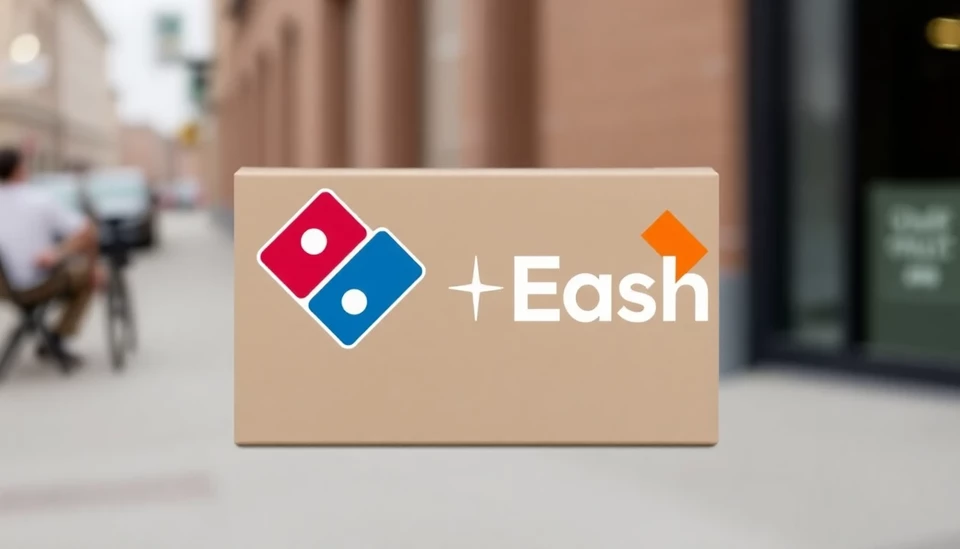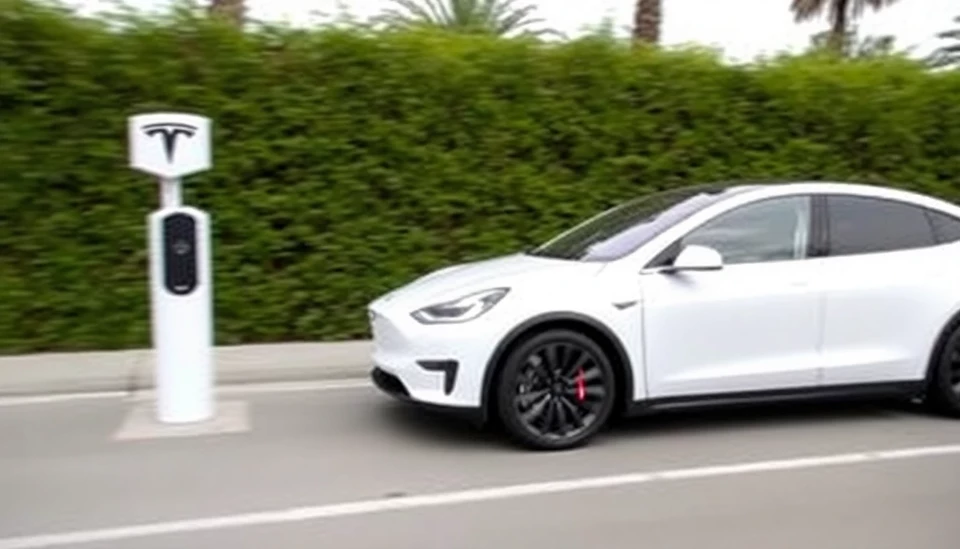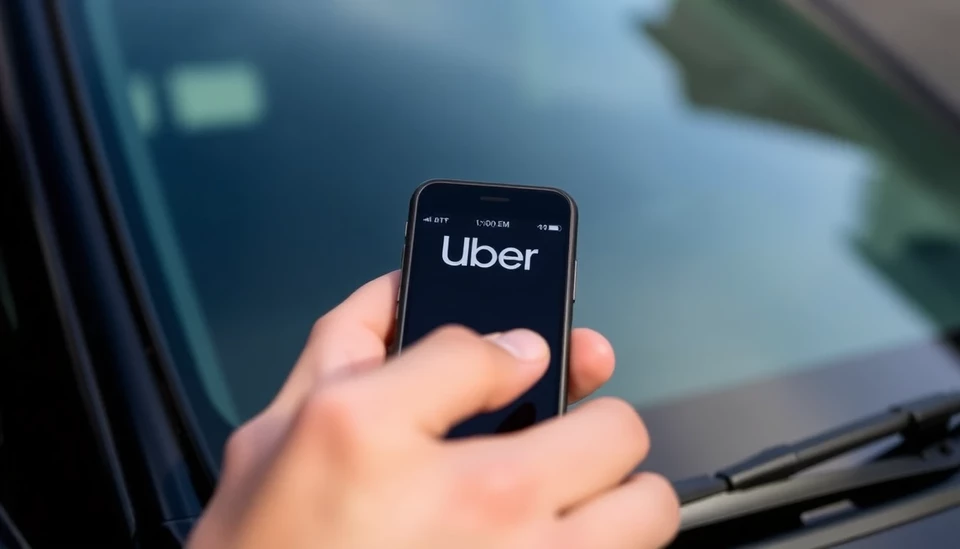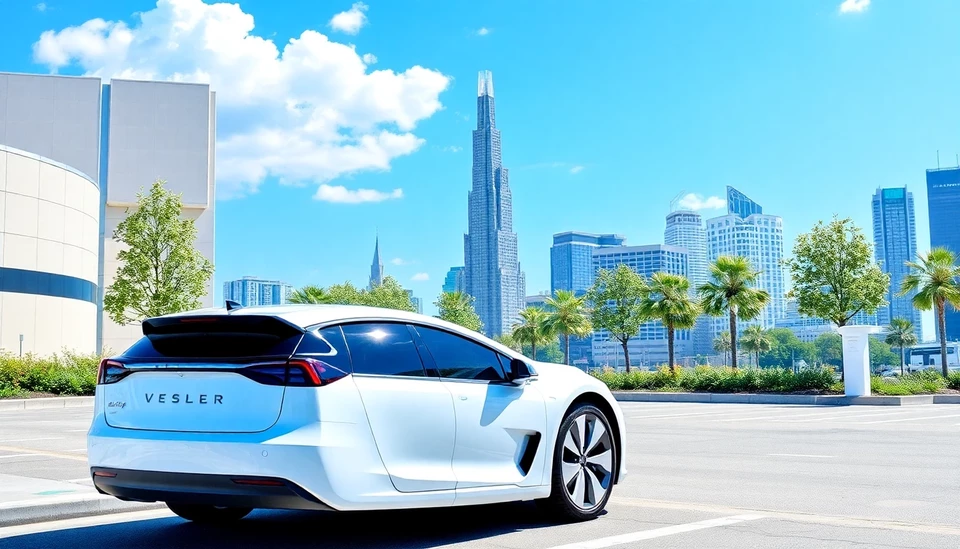
In a significant development for ride-share giants Uber and Lyft, both companies are facing an antitrust investigation concerning an agreement they reached regarding driver pay standards in New York City. This scrutiny, initiated by regulators, primarily revolves around the implications this deal may have on competition within the ride-hailing market.
The collaboration between Uber and Lyft, which was forged with the intent to stabilize driver earnings, has raised alarms among antitrust authorities who fear that the pact could stifle competition and ultimately harm consumers. The agreement reportedly sets a minimum pay standard for drivers, ensuring they receive a fair wage for their services while navigating the challenges prevalent in the gig economy.
In this context, the New York City Taxi and Limousine Commission (TLC) is playing an essential role. The TLC had originally advocated for the pay agreement, hoping to attract more drivers back to the sector amidst increasing ride demand post-pandemic. However, the regulatory body is now caught in a whirlwind of scrutiny as the implications of this contract begin to unfold.
Experts argue that while the intention behind the pay agreement was to support drivers, the lack of competitive pressure among ride-hailing services could inadvertently lead to increased fares for consumers. The concern is that if Uber and Lyft, which hold a significant market share in NYC, are aligned on pay standards, it may eliminate the driving force behind competitive pricing that typically benefits customers.
Regulators are particularly keen to explore whether this agreement constitutes a form of collusion between the two firms, which could lead to reduced competition and higher prices. The investigation marks a growing trend among lawmakers and regulators scrutinizing the practices of technology-driven transport services. The case is emblematic of a broader movement to ensure fair competition in a rapidly changing digital economy.
In light of these developments, Uber and Lyft are expected to respond aggressively. Both companies have historically maintained that competition in their industries is robust and that their pricing models reflect market demands. They also provide myriad options for consumers, which they argue keeps prices low. Yet, the evolving regulatory landscape presents a formidable challenge as authorities seek to uphold fair competition and protect consumer interests in the face of growing corporate power.
As this investigation unfolds, it will be crucial to observe how Uber and Lyft adapt their business strategies and operational frameworks. The outcome of the scrutiny may not only shape the future of ride-sharing in New York City but could also set precedents for similar agreements nationwide.
Ultimately, both companies find themselves at a crossroads where driver welfare, consumer prices, and regulatory expectations converge. The implications of the findings from this investigation could resonate well beyond NYC, influencing how gig economy firms negotiate worker pay and compete against one another amidst an increasing focus on ethical business practices.
In conclusion, the unraveling events surrounding the Uber and Lyft driver pay agreement will undoubtedly fuel ongoing debates about the balance between fair labor practices and consumer choice in the gig economy. As this story develops, it remains a vital watchpoint for stakeholders across the transportation sector.
#Uber #Lyft #Antitrust #NYC #DriverPay #GigEconomy #RideHailing #RegulatoryScrutiny
Author: Samuel Brooks




